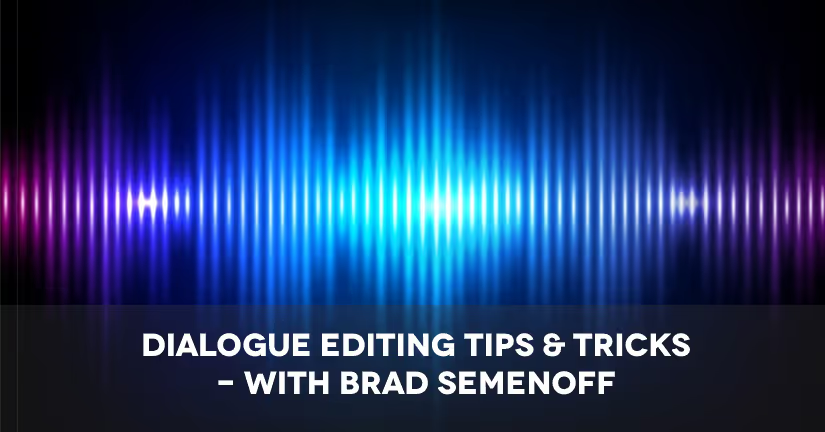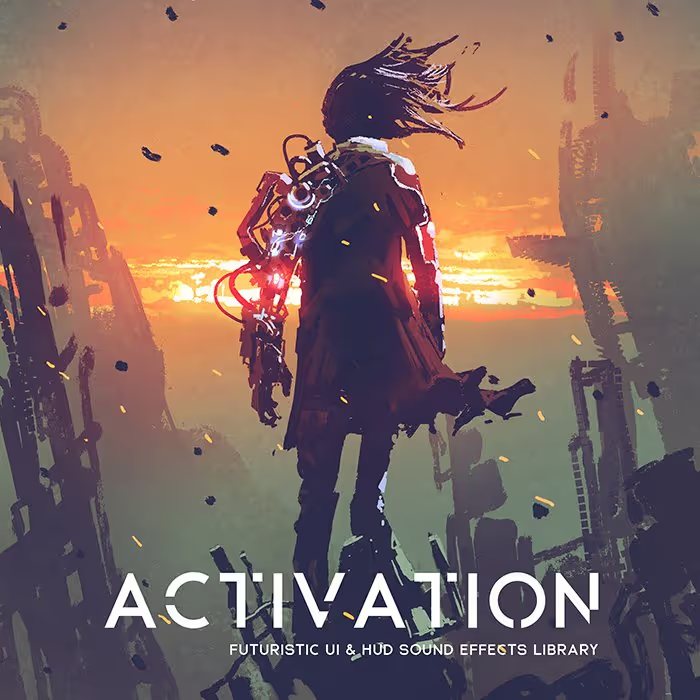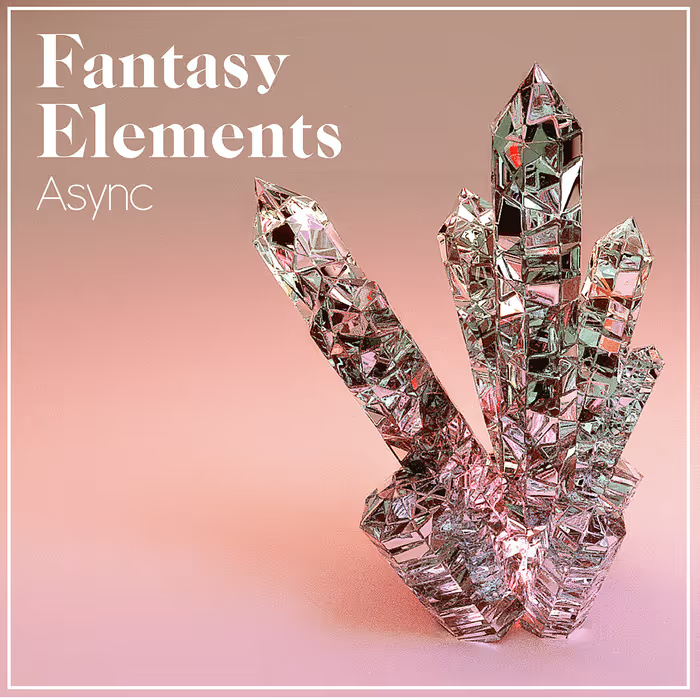DS: Can you tell me about how you got your start in film sound and how you found your way into dialogue editing?
BS: I played guitar when I was younger and originally wanted to be a recording engineer for music. I went to San Francisco State University to pursue that, which is where I took a class in audio for video just to see what it was about. I had no idea that this whole industry even existed, but I liked it way better than the music side of things.
I moved down to Los Angeles a couple years after I graduated from college and found a job working at The Dub Stage with Marti Humphrey in Burbank. I was exposed to sound effects, Foley, and dialogue editing while working there. I liked cutting sound effects and for a time thought that would be the direction I’d go, but I felt like I was much more suited to dialogue editing. Dialogue editing is more problem solving and figuring out how to fit the pieces of the puzzle that you’re given into the larger picture.
DS: How do you lay out your session for editing dialogue?
BS: It depends on the type of film and the particulars of that show. For an animated film it’s much more of a custom layout for each movie. Each character will typically have their own track within the session, with maybe one other track for perspective splits. Major characters will get their own track across the film, while minor characters will usually share tracks. The track template will be consistent across the film so that each reel has the same exact track layout.
For a live action film, my standard template is 10-12 PD (Production dialogue) tracks, 4-6 PFX (production effects) tracks, 4-6 X tracks (production for which ADR has been recorded), 2-6 Futz tracks (sounds played over speakers, radios, etc) depending on what the film needs, however many ADR tracks are needed, and I usually start with 16 Loop Group tracks. I try to keep things within multiples of 8 since most fader banks of consoles are in banks of 8 tracks. So for example if I have 12 PD tracks, I’ll try to use 4 PFX tracks so that the PD and PFX can fit across two fader banks.
No matter what type of film, I always have the picture and guide tracks up at the top of the session, followed by 4-8 WORK tracks which I use for temporary editing. I keep those empty when not in use so that I don’t have to worry about accidentally deleting or moving something before or after the area that I’m working on. Below the tracks that feed the console, I’ll have inactive “Crap” tracks where I keep clips of things I don’t want to get rid of, but shouldn’t feed the console. Below that will be the inactive storage area for the production dialogue assembly, RAW ADR tracks of all ADR takes that are recorded, the AAF from the picture department, and any milestones of importance like temp stems, etc. Basic Folder tracks in Pro Tools are great for keeping these tidy.
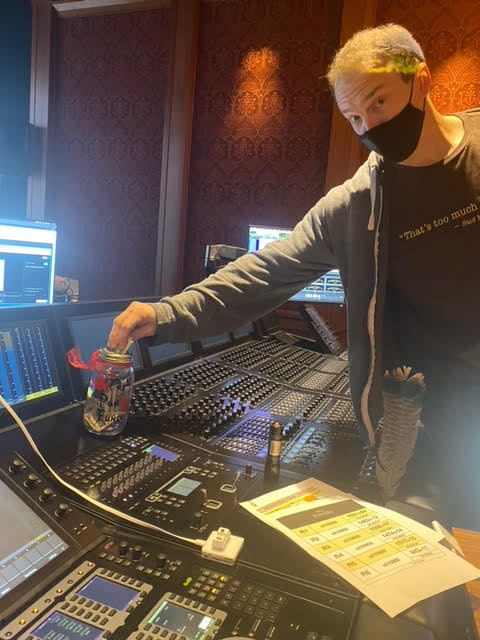
DS: What software do you use?
BS: Pro Tools is the industry standard, so that is the main workhorse for me. I also do a lot of cleanup in the standalone iZotope RX Audio Editor app; sending files over there from Pro Tools using the RX Connect AudioSuite plugin.
I use ADR Toolbox as my ADR database program for cueing, printing cue sheets, and general ADR organization. I’ll typically do my initial spotting in Pro Tools on designated ADR Spot tracks. There is a way to name the clips and tracks with specific delimiters that ADR Toolbox can read and parse into the separate fields for the line, character, in and out footage, etc. Once the cues are over in Toolbox I’ll conform that database separately from the Pro Tools session, but if something goes wrong with that I’ll still have the record of the initial spotting clips in Pro Tools.
I use Kraken as my tool for creating dialogue assemblies from EDLs as well as the go to tool when searching for production dialogue alts. It’s made by a dialogue editor (Marc Specter) and it’s the perfect dialogue editing companion.
I’m also a huge fan of productivity automation. I used to use Keyboard Maestro, but over the past couple of years I’ve moved all of my scripts over to Soundflow. That has sped up my workflow considerably, but it’s also fun for me to geek out and write custom scripts.
DS: Can you tell me about your process for editing dialogue from A to Z?
While watching I’ll try to take notes on scenes for where I might be able to steal breaths and efforts from production to use in other parts of the film.
BS: The first thing I always do is watch the movie or episode to get a sense of what the production is like. While watching I’ll try to take notes on scenes for where I might be able to steal breaths and efforts from production to use in other parts of the film. It also gives me a sense of pacing for the film and which scenes might require more work than others.
The next step on a live action film is to do the dialogue assembly, which is taking the AAF or audio EDL and expanding the takes used to get access to all of the microphones recorded for the scene. Normally the picture department will cut using the mix track that the production mixer made on set, but for dialogue editorial we like to go to the individual tracks to have more flexibility. Sometimes an assistant will do this job, but I actually like to do this myself if I can. I use Kraken to assemble the production dialogue off of the Audio EDL provided by the picture department.
The first steps are all about organizing for me. I like to have the path mostly laid out for me before I get to the detailed work of cleaning up the dialog. When I first work on a reel, I like to go through the whole reel and pick which mics I think I will use. I start this by duplicating the dialogue assembly and deleting the clips for mics which are not relevant to each shot. I still have the original dialogue assembly in case I’m too aggressive with my deleting of clips. I’ll then take those clips and work scene by scene, first checkerboarding based on character/shot angle. An example of checkerboarding for a scene might look like boom/lav of establishing wide shot on PD 1-2, boom/lav for character 1 on PD 3-4, and boom/lav for character 2 on PD 5-6.
I try not to just slather a bunch of fill over a scene because while that does ease the transitions it makes the scene a lot noisier.
Once everything is organized, I’ll first go through the scene and work on transitions between the different shot angles. I do this with fill and fades between the different clips. I try not to just slather a bunch of fill over a scene because while that does ease the transitions it makes the scene a lot noisier. While doing this I’ll be cleaning up clicks/bumps and other extraneous noises that don’t belong in the shot using a combination of cut and fill in Pro Tools, iZotope RX cleanup, and replacing things with alternate takes. When I use alts, and try to replace as little as possible and I always color/label the alt clip and keep the original muted below in case someone wants to go back to the original take.
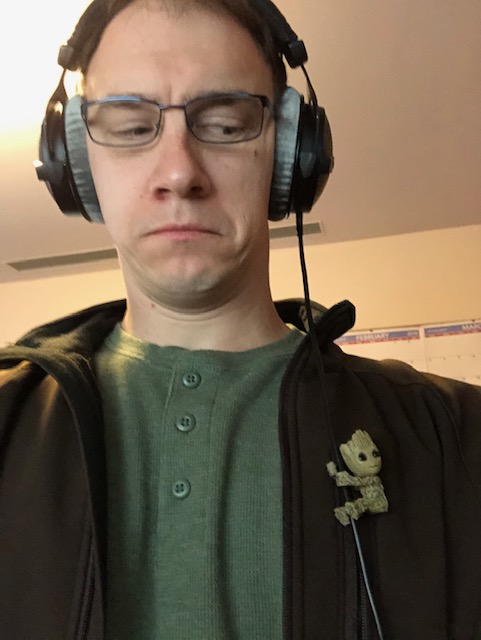
My motto is always “do no harm to the dialogue”
I will do noise reduction where it is needed, but I try to do as little as possible. My motto is always “do no harm to the dialogue”. If the quality of audio of the dialogue is reduced in any way, then I’ve gone too far with the noise reduction (NR). I use headphones while cutting and am in my own dialogue bubble, so I try to be very sparing with NR, with the idea that the mixer can always do more on the stage if needed but it’s more work to go back to an unprocessed version. Speaking of which, I always keep a muted version of the unprocessed clip nearby in case I have gone too far or the mixer wants to hear what it sounded like before noise reduction.
If there’s time, I like to do another pass of even more detailed cleanup after the initial pass. It’s then that I really concentrate on cleaning out any little ticks and bumps that I might have missed in the first pass.
Once I’ve gone through the film, it’s time for the dialogue premix, which is where the mixer will go through the dialogue by itself and level everything out and clean it up as needed. This is usually the most nerve-wracking time for me on the film, because all of the work that I’ve done is under a microscope. Did I miss anything? Did I go too far with this scene, or not far enough? What was I thinking?!
After the dialogue premix, we go into the final mix, which is a lot of fun. Hopefully, if I’ve done everything well, then my work goes largely unnoticed. I’ll make fixes on the stage as needed, but that’s also when I get to see what the other departments have done and the film starts to come together. After the final mix and printmaster, my last job on a film will be to cut out all the lines of dialogue in the film for the M&E mix. I try to preserve as much of the movement and PFX from production as I can for the M&E, but unfortunately a lot of that gets lost once the dialogue is removed. Hopefully I was able to split and fill the PFX during the initial dialog editorial pass.
 Tesla Model X 2015 electric full size crossover SUV sport utility vehicleKrampfstadt Studio65,00 $0,00 $100% OFF
Tesla Model X 2015 electric full size crossover SUV sport utility vehicleKrampfstadt Studio65,00 $0,00 $100% OFF
DS: Do you have any tips or tricks that you can share?
BS: One thing that I like to do in RX is in the preferences under the Misc tab change the “Default Full Bandwidth” and “Default Limited Bandwidth” paste settings to “To Selection”. In areas where there is a bit of air or breath I can copy the full bandwidth clean air from one section and simply paste over noisy bits in other areas. This is a really quick way to get rid of noises with minimal harmonics like clicks or birds.
DS: Is there ever a time when you say “I can’t fix this”?
BS: Oh yeah definitely, though with RX sometimes I feel like anything can be fixed. The biggest offender, which I have not found a suitable fix for, is getting rid of background music that might have been playing on set. If the music is far enough under the level of the dialogue, I might be able to reduce it to the point where you can’t hear it, but if it’s too close in level there is not much that I can do. If anybody knows of a way to fix this I would love to know!
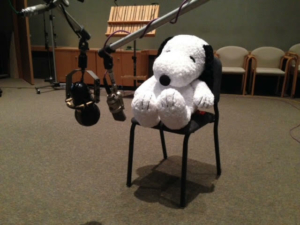
DS: Do you coordinate to get lines covered by ADR?
BS: Yes, depending on my role on the film. When I first go through the film I’ll make a note of which lines might need to be re-recorded for technical reasons. I’ll do my best to clean those up or find suitable alts before officially recording them for ADR. A lot of times lines are sort of on the fence, and I’ll ask that they be recorded for ADR to cover my butt in case it gets to the mix stage and we’re out in front of the mix with nothing to hide behind.
DS: What do you do to help ADR fit into a scene or match the other location sound?
BS: Most of what I can do is make sure that the surrounding production dialogue is prepped so that the air doesn’t drop out when the ADR lines comes in, but I also have to prep it in a way that if we go back to the original production that the ADR fill can easily be muted. Making sure that the ADR sync is as tight as possible is also a big help obviously.
Sometimes I’ll play around with the pitch or EQ of the ADR lines, but I always keep a copy of the original in case the mixer doesn’t like what I’ve done. I generally don’t add any reverb to the lines, unless it’s temporary as a proof of concept for me to see if an ADR line is working.
DS: Can you think of any examples of films with really good dialogue?
good dialogue should be transparent. To say that a film had good dialogue editing means that I noticed it, which isn’t the point.
That’s a tough one since good dialogue should be transparent. To say that a film had good dialogue editing means that I noticed it, which isn’t the point. The best compliment a dialogue editor can get is that no one noticed what we did.
[tweet_box]Brad Semenoff shares tips and tricks on Dialogue Editing![/tweet_box]
DS: Are there any dialogue editors that you think are really good that we should have on our radar so to speak?
BS: I’ve been very lucky to have worked with some amazing dialogue and ADR editors in my career who I have shamelessly stolen tips and ideas from. Gwen Whittle is an amazing dialogue and ADR supervisor who showed me how ADR can play a creative role in the film. Dan Laurie is great at finding little bits of movement or PFX that totally make a scene play when it felt static before. Cheryl Nardi is a great editor and I’m constantly asking myself “What would Cheryl do” while I’m cutting. I’ve learned tons from people like Katy Wood, Rich Quinn, and Kim Foscato as well. So yeah I’d put any of those people on the list of those you should talk to.
DS: With technology being what it is and so many software options, how do you preserve some of the natural sound of the dialogue?
BS: I think this question is directly related to noise reduction and over processing. Noise reduction should be viewed as a reduction of noise rather than removing it. I don’t think I ever apply more than 10db of noise reduction, and it’s usually more like 6-8db. Viewers will forgive a bit of noise in the dialogue as long as it doesn’t have sudden changes in tones or level.
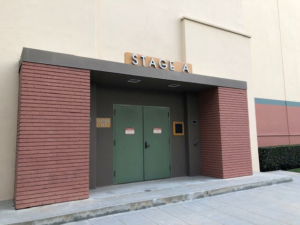
DS: What’s your favorite software for generating room tone?
BS: Pro Tools. I don’t like to use tone generators like Ambience Match if I can help it. They always feel static to me. I prefer to go in the old fashioned way and find bits of fill in between lines and consolidate that to make a fill that has some natural movement to it. Having said that, I’m not against bringing that consolidated fill into RX to clean up and get rid of any sounds that the ear would hear when the sound is looped. The above tip of copying and pasting in RX is very useful for that.
As a last resort where I can’t find enough to make a fill, or as part of an M&E where we have to add a center channel fill for entire scenes, I will use ambience match in RX.
DS: Is there anything else that you would like to add?
BS: Just that dialogue editing can be a very fun and rewarding experience. I feel very lucky to be able to do this for a living.
I want to send out a huge thank you to Brad Semenoff for sharing some tips and insight with us. You can find Brad on IMDb here.
 Tesla Model X 2015 electric full size crossover SUV sport utility vehicleKrampfstadt Studio65,00 $0,00 $100% OFF
Tesla Model X 2015 electric full size crossover SUV sport utility vehicleKrampfstadt Studio65,00 $0,00 $100% OFF

